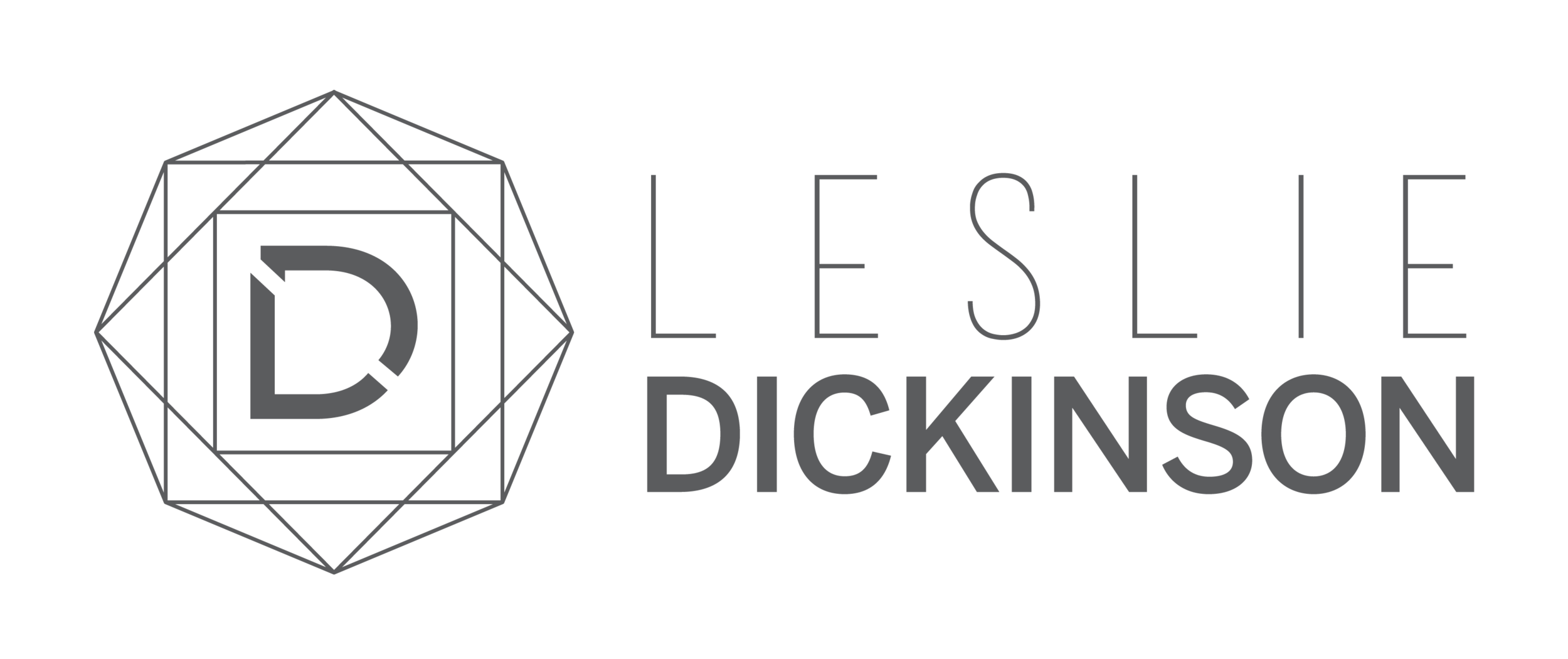2017/2018 Market Report: Last Year’s Trends with a Look at the Coming Year
I am pleased to present Realogics Sotheby’s International Realty’s review of 2017 market activity in the Puget Sound. William Hillis, our acclaimed Research Editor and Data Analyst, has assembled a year-over-year performance review of eight key counties and 29 regional markets. In addition to market analysis, the report includes a timeline of Seattle’s performance on the S&P/CoreLogic Case-Shiller Home Price Index, the “Condominium Conundrum,” landmark sales on the Eastside, the effects of Chinese capital controls and Canada’s restrictions on foreign buyers, and more. I offer the following key highlights, as well as trends to watch, as a conversation starter so we may discuss the implication for homes in your neighborhood.
County Statistics
In King County, the shortage of single-family homes for sale in 2017 allowed scarcely any more transactions than in the preceding year. Yet as prices escalated sharply due to supply constraints, selling volume likewise rose, though not by as much as in Snohomish or Pierce Counties. Median selling prices surpassed a million dollars in Bellevue and Mercer Island, and drew close to this threshold in Sammamish (at $955,000) and the Seattle neighborhoods of Queen Anne and Magnolia (at $946,000).
Due to the spillover of demand into exurbs, supply along I-5 North had been depleted to the point that Skagit County suffered an outright decline in new transactions in 2017. Both there and in Jefferson County, buyers paid higher selling prices, but these resulted in more modest selling volume than seen closer to the major employment centers to the south.
In Kitsap and Pierce Counties, supply rose to meet demand in 2017. These counties saw greater increases in transactions combined with moderately higher selling prices, leading to much higher selling volumes in both. These counties absorbed some of the excess demand from metropolitan Seattle. The prospects of improved services to commuters, such as those offered by Kitsap Fast Ferries and Sound Transit, probably influenced some buying decisions in these areas.
Comparatively subdued demand prevailed in Island and San Juan Counties, where sellers enjoyed moderate increases in transactions and selling prices, leading to higher selling volume.
As we look ahead, 2018 has already been marked by further growth and expansion in our region. Seattle has sustained its lead on the S&P CoreLogic Case-Shiller Home Price Index into the start of the year, with a staggering 17 consecutive months on top. According to RSIR’s analysis, single-family home prices in the Puget Sound region in January 2018 were 12.86 percent higher than 12 months before, and 0.73 percent ahead of those in December.
Turning to quarterly statistics from the first quarter of 2018, home prices in Seattle remain red hot as the median sales price reached $917,000, up over $30K from the final quarter of 2017 and 14.2% year-over-year. Condominiums in Seattle continue to attract buyers as the average days on market in Q1-2018 was 15 days, down a staggering 34.8% compared to the first quarter of 2017. Read RSIR’s special report on Q1 Condo Stats here.
Download Q1 Reports for Seattle, the Eastside, and Bainbridge Island >>
Here are Five Key Trends to Watch in the coming year:
1. The Condo Comeback: Condominium launches will blossom as new presale efforts ramp up, now that condo values are rising. Indications are that new residents in Seattle are increasingly arriving from cities nationwide and abroad where comparatively mature transit systems and urban amenities prevail, and these new arrivals are comfortable with higher density.
2. Rising Interest Rates: Rising rates together with rising housing costs will put homeownership out of reach for some, yet motivate even greater numbers to seek out purchasing options.
3. Vancouver B.C. Foils Foreign Buyers: Pressure is intensifying on provincial authorities in British Columbia to further restrict what media reports allege to be parking of offshore funds and money laundering by foreign nationals using real estate in the province. Responding first only to the question of outsized market influence by foreign buyers, the B.C. government imposed a 15-percent foreign-buyer transfer tax in August 2016, which it raised to 20 percent in February 2018.
4. Continued Tech Expansion: Threats of Amazon’s HQ2 are not yet crimping growth in the tech community, as leases are measured by entire buildings, and even residential building applications are being converted to office uses. The broader question regards the technology industry’s resilience under more challenging economic conditions.
5. Downsizers & Empty Nesters: The aging Baby Boomer cohort is an old story, and their conversion from larger homes to smaller quarters has been long anticipated. Buyers who haven’t already taken advantage of soaring prices will eventually place their close-in single-family homes on the market. Some will find condo living most appealing, and these will take a bite at new presale opportunities. The more aged will move into retirement centers or assisted living, while those who are physically fit may prefer to move out to exurban towns with reliable local healthcare and leisure amenities.
For additional market insight, read the digital publication below or contact me for a complimentary print copy.

